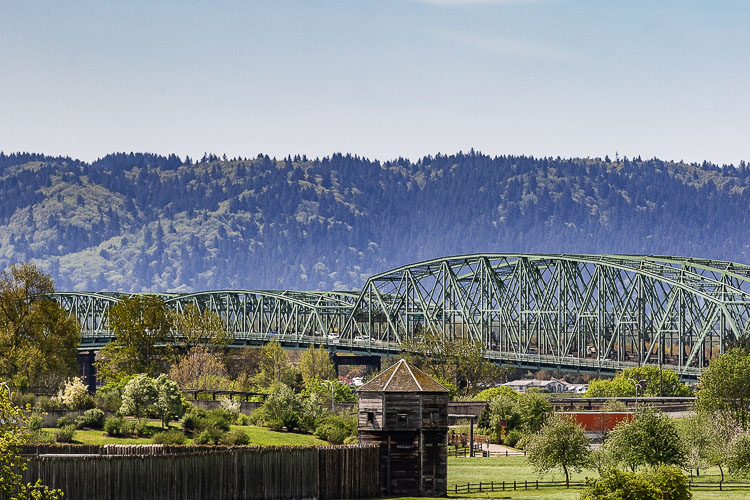Historically, the Columbia River was the main route to Fort Vancouver, and the waterfront formed the southern boundary of the Fort Vancouver Village
This summer, a team of students and professional archaeologists from Portland State University, Washington State University, and the National Park Service are exploring one of the most important colonial and multicultural places in the Pacific Northwest.

While learning archaeological field and lab methods, students are rediscovering the belongings of past people associated with Fort Vancouver and its Village. This year’s focus will be on the Columbia River waterfront, along a strip of ground that holds archaeological resources associated with Native Americans, the Hudson’s Bay Company (HBC) fur trade, and the US Army.
Historically, the Columbia River was the main route to Fort Vancouver, and the waterfront formed the southern boundary of the Fort Vancouver Village — a multicultural settlement where employees of the HBC and their families lived. Native Americans from many different tribes, Native Hawaiians, Europeans, and other people from around the world lived in the Village. In addition to the Village, waterfront development during this era included a wharf, shipyard, boat shed, salmon salting and packing warehouse, distillery, tanning pits, and dwellings.
One of the important sites that the field school will explore this summer is a hospital that was tied to one of the first recorded epidemics that swept the Lower Columbia River between 1830 and 1833. Believed to be malaria, in an unimaginable tragedy the disease killed over 90 percent of the tribal peoples living along the Lower Columbia River.
The site of the hospital was first located during excavations in the 1970s. Archaeologist Caroline Carley, who has studied this site the most extensively, theorized that the HBC built the hospital because of the high number of people affected by the epidemics. A palisade wall around the hospital was used to quarantine patients and may also have excluded people when the hospital was at capacity. Carley also found evidence of fire pits, possibly due to the 19th century belief that contaminated air caused malaria and could be purified with smoke. The large fire pits may also be the result of cooking for so many, or they may have been used to dispose of bedding and clothing.
This summer’s project will attempt to relocate the southern portion of the hospital as well as other evidence of 19th century development along the waterfront. Rediscovery of these sites will help in future rehabilitation of the Fort Vancouver waterfront and in the preservation and interpretation of these unique archaeological resources.
The public is invited to stop by the dig site to learn about archaeology at Fort Vancouver, Monday through Friday between 9 a.m. and 3 p.m.




